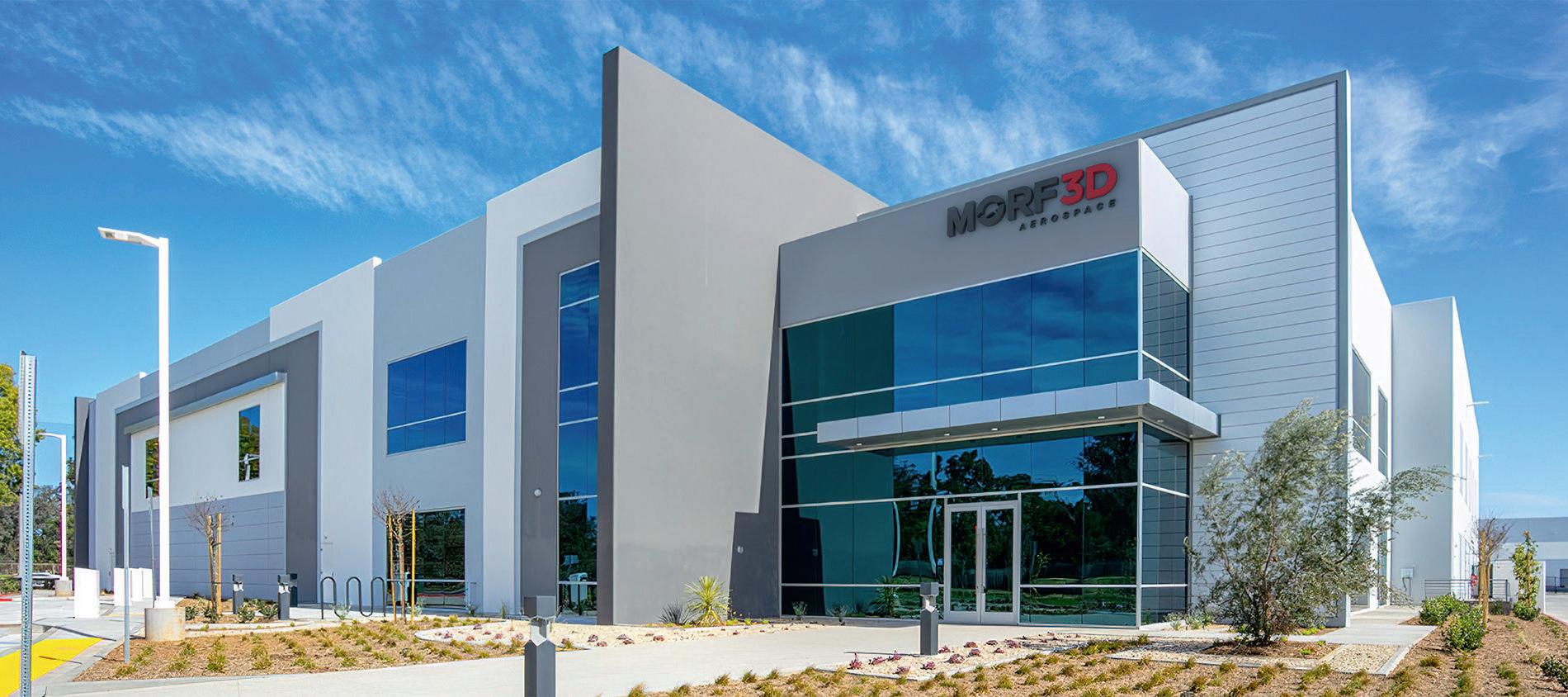AM? IT’S WORTH IT.
I
n 2018, I hopped on a plane to Atlanta, Georgia to judge a student competition that would see university teams put forward unique solutions for 3D printing in one of the industry’s most challenging materials, PEEK. Founded and hosted by chemical and materials specialist Solvay, the Additive Manufacturing Cup is designed to show how open-source innovation can lead to new additive manufacturing (AM) solutions, and from those coffee-colored tensile bars and Solvay logos I saw back at the Solvay offices over four years ago (that is one tough ‘S’ to 3D print), the competition has evolved into something that takes that innovation and applies it to realworld manufacturing scenarios. For the 2021 edition, that included teaming up with cosmetics giant L’Oreal but of course, being 2021, it also meant less hopping on planes and more Zoom as I met the winners over video call along with collaborators Solvay, L’Oreal and Ultimaker. Suddenly, my usual routine of applying L’Oreal face cleanser and True Match foundation that morning, had found a nice new layer of meaning.
WORDS: Laura Griffiths
where the latter was able to reduce production costs of a manufacturing tool by 70% compared to traditional methods. In addition to printing the designs directly on one of its S5 desktop printers, the competition leveraged Ultimaker’s renowned materials ecosystem and optimized Solvay material profiles to create the winning parts. “The real advantage of having an open platform is the ability to bring in the expertise, the real skill sets and the advantages of others in the ecosystem onto the platform to deliver that tailored solution for our users,” Miguel Calvo, CTO at Ultimaker said of the company’s role in the competition. “Put simply, it's leveraging the expertise around the ecosystem, bringing them into the platform so that we can deliver a greater, wider spread of applications to our users. This challenge perfectly highlights that.” 3D Fab from the University of Lyon, France took home first prize with a versatile monobloc design that could be used on a packaging line to hold unstable products in place. The design is based on a reversible deformable puck that can be printed quickly and easily and applied
For the competition’s third edition, 60 international teams were tasked with putting forward a real-word industrial application that could transform production line agility using Solvay’s Solef PVDF AM filament, a highly nonreactive thermoplastic fluoropolymer that’s inherently flame retardant. It’s not the most glamorous of applications for a company that specializes in beauty products but the benefits of 3D printing for applications along manufacturing lines cannot be understated. Often the unsung 3D printing heroes of the production floor, Ultimaker’s polymer extrusion-based technology, for example, has been put to work at major brands like Volkswagen and Heineken,
042 / www.tctmagazine.com / VOL 8 ISSUE 3
to a number of different product types: think mascara tubes or tall shampoo bottles which are transported around a production line at high speed. “They have invented a solution that basically can work for all the bottles and not only for the five that L'Oreal assigned as a benchmark so you don't have to reprocess again in case you have a different type of bottle,” said Andrea Gasperini, Business Development Manager at Ultimaker, of the winning design. But there are other advantages too, including noise cancellation: “There's a lot of noise because we have 400 pucks moving around and touching each other all the time but here, the bottle was really firm. The bottle is not allowed to move at all because every movement outside of the pack would imply a spill or a defected product that needs to be removed somehow before it gets packed.” Matthew Forrester, Head of Material Transformation & Recycling Science at L’Oréal, an engineer by trade, knows firsthand what is expected from this kind of application having grown up working on SHOWN: AGILE MANUFACTURING USED FOR LIPSTICK MANUFACTURE WITHIN ONE OF L’ORÉAL’S PRODUCTION FACILITIES (CREDIT: L’ORÉAL)












